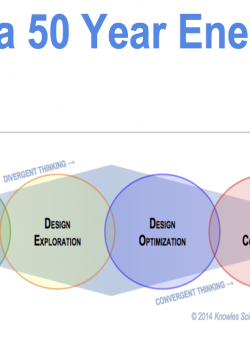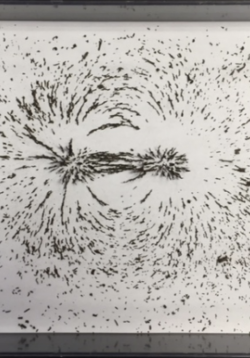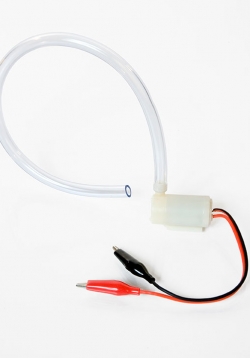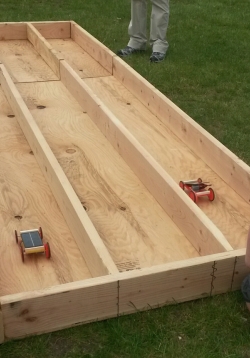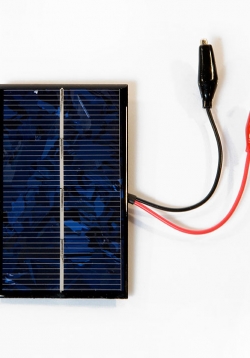Cost Effective Solar Cells: Solar Panel Basics
This lesson is designed to be completed in one 40-minute section. Students will have already learned the concepts of basic circuits, including voltage, current, power, parallel and serial circuits. Teachers will then explain the basic concept of solar...


